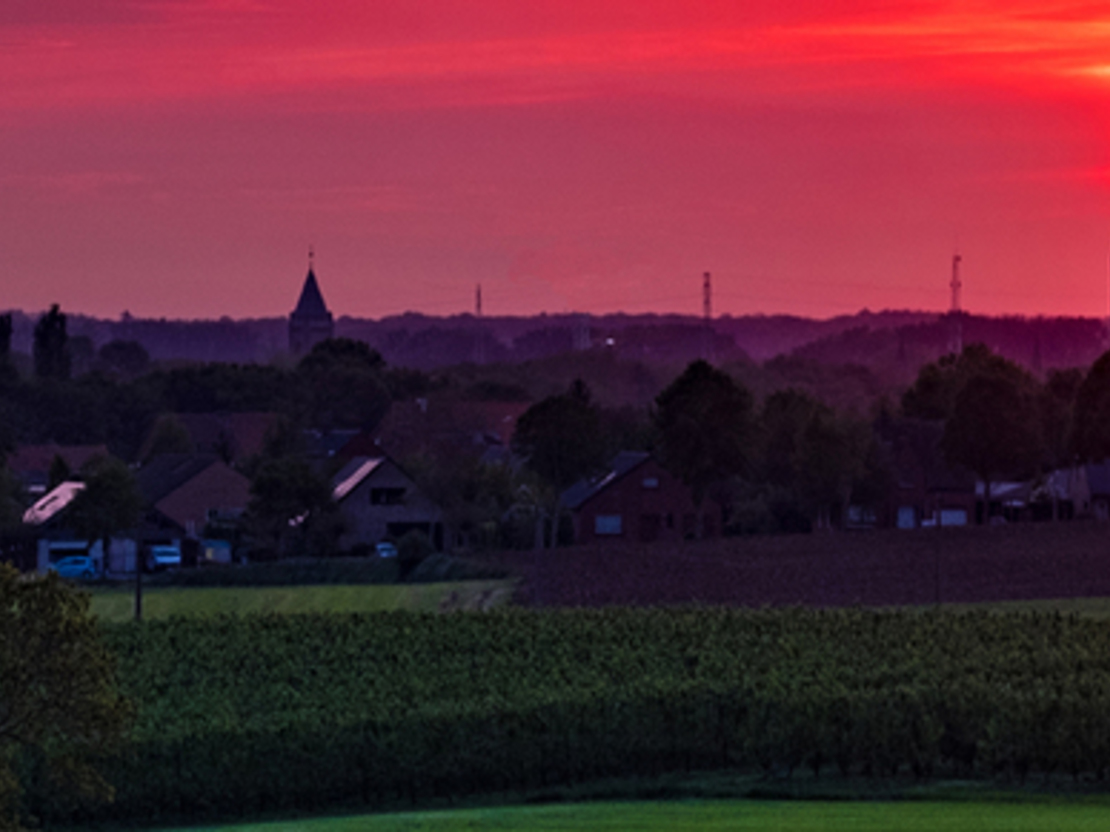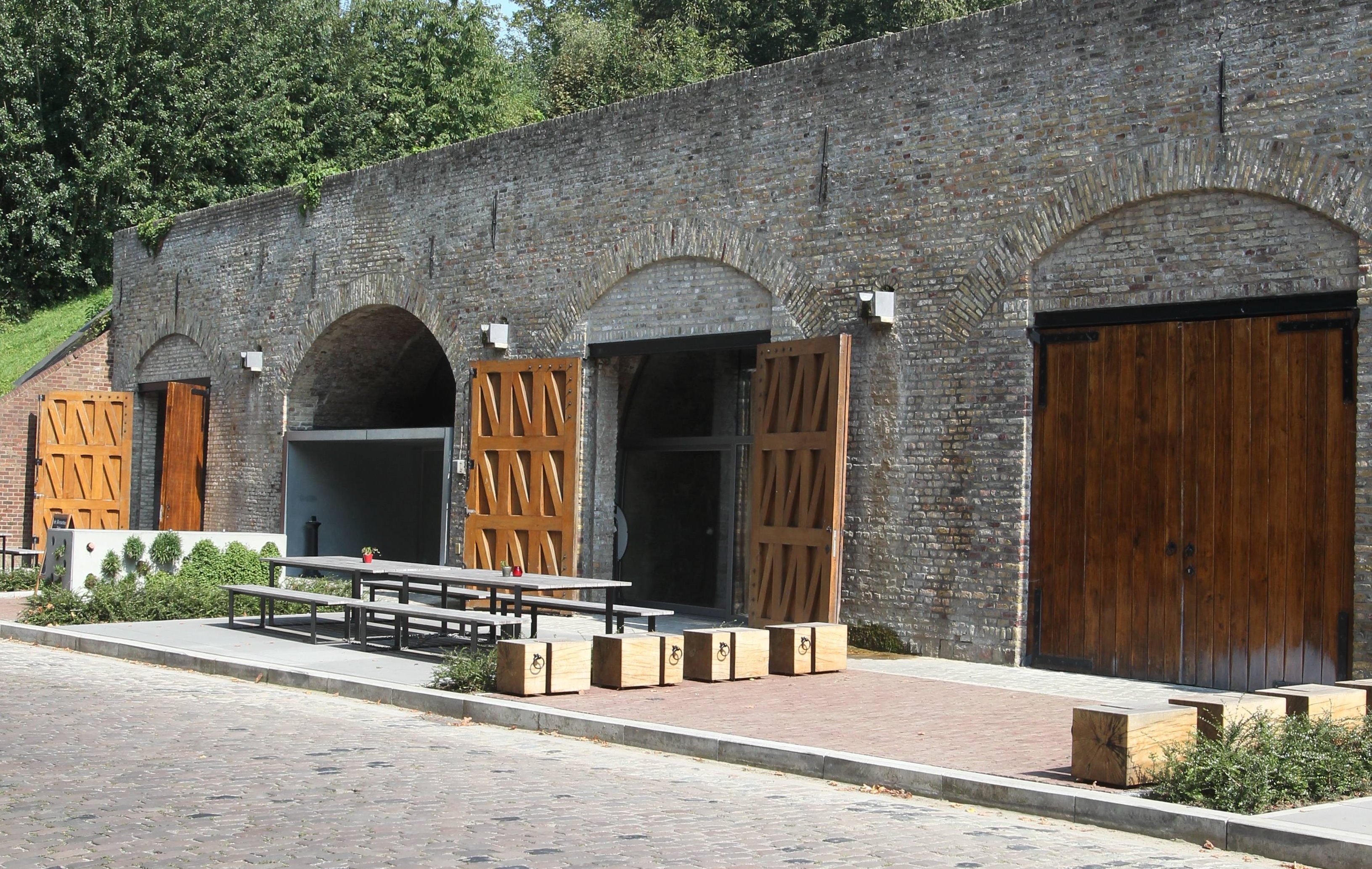

 Around 1680 the famous French engineer Vauban transformed the ramparts into a huge complex with frontal fortifications and bastions. Ypres defended the border of the states at the time and was a buffer that had to suffer many clashes between European dynasties. Each left its marks on the current rampart landscape, the green belt around the inner city.
Around 1680 the famous French engineer Vauban transformed the ramparts into a huge complex with frontal fortifications and bastions. Ypres defended the border of the states at the time and was a buffer that had to suffer many clashes between European dynasties. Each left its marks on the current rampart landscape, the green belt around the inner city. Many vaulted rooms are located in the city walls at various places, which were used for various purposes in the past The basements/casemates behind the Saint Jacob'ss church are open to the public every day, except on Monday. In the visitor's centre of the casemates you can discover the history of the ramparts in an interesting presenation of 10 centuries of ramparts in Ypres. There is also a cosy café with regional beers of Sint Bernardus brewery of Watou.
Many vaulted rooms are located in the city walls at various places, which were used for various purposes in the past The basements/casemates behind the Saint Jacob'ss church are open to the public every day, except on Monday. In the visitor's centre of the casemates you can discover the history of the ramparts in an interesting presenation of 10 centuries of ramparts in Ypres. There is also a cosy café with regional beers of Sint Bernardus brewery of Watou.